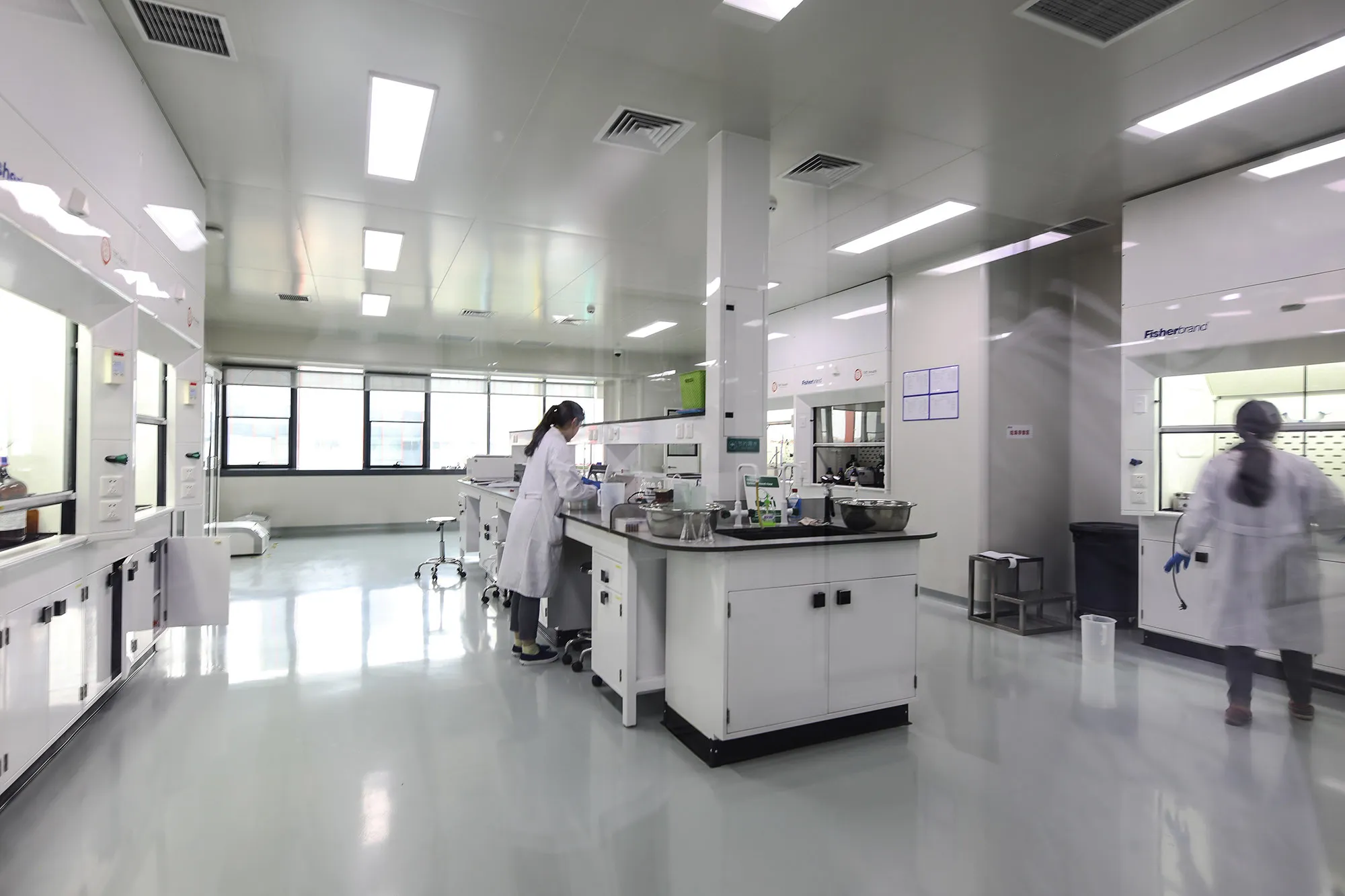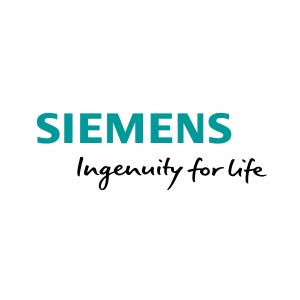Starting Up a Lab Space

By Simon Ward
Chief Operating Officer, Axentia
The UK Biotech sector has benefitted from record investment in recent years. According to McKinsey research, the UK is Europe’s leading Biotech hub in breakthrough life-sciences start-ups, and globally ranks second behind the United States. The UK Government’s recently published ‘Life Sciences Vision’ strategy underlines their ambitions to invest heavily to make the UK a Life Sciences superpower by 2030. The stage is seemingly set for UK Biotech and Life Sciences companies to thrive in the years ahead. However, despite these promising developments, all is not well in the sector. A major challenge is a persistent shortage in lab spaces. UK firms face critical lab space shortages, with access to lab buildings cited by senior management teams as the main issue holding them back. The problem is likely to get more severe, with 47% of UK-based life sciences R&D companies surveyed anticipating a need for further lab space in the next 5 years.
Lab spaces are crucially important for the sector, providing critical infrastructure, specialised equipment, and the controlled environment necessary to conduct safe, accurate, and reliable research, testing, and development. With demand for new lab spaces higher than ever, this article will explore the process of starting up a lab space, or expanding an existing lab space, and the benefits of putting the end user first at every stage of the design and build. What can a user-centered lab design developed in partnership with the end users achieve? Can putting the end user first be the best approach to building more efficient, high performing lab spaces that the sector desperately needs?

Lab Start-Ups and Expansions: The UK Needs More Lab Spaces
The short supply of lab spaces is a serious issue, stalling UK Biotech with demand for new lab spaces vastly outweighing available spaces. With companies unable to secure lab spaces, operations will be forced to slow down, costing businesses time and money. The UK needs more lab spaces. There are many things to consider when starting up a lab space, including optimising performance, safety issues, and ensuring design flexibility to accommodate future changes. Errors that may be made through the complex laboratory design, build, and start-up process can create difficulties further on, including failure to plan for lab flexibility and adaptability, and failure to plan for sustainability and changes in technology.
Lab design that puts the end users first will help to identify and avoid potential design problems early on, and help create high quality labs and fully engaged lab teams. Great lab design starts with focusing on the needs of the end user and involving them in the design and build. An end-to-end approach from concept to startup will ensure that the ‘golden thread’ of user involvement is maintained throughout the programme. If the same people that are involved in layout design and process flows then go on to commission the lab and run it, they can take complete ownership of the process. Below, I will explore the benefits of putting the end user first and outline why embracing a user-centred approach to starting up a lab space will create well-planned, optimised spaces that will help solve the lab shortage crisis and add real business value for UK Biotech companies.

Some Insights: Embrace a User-Centered Design and Build Approach for Optimal Lab Performance
User-centred lab design involves the End User groups right at the beginning of the programme, before you even start the design. Labs can be heavily serviced spaces, including the use of air handling, electrical supply, and lab gases. Engaging the end users with the building services engineers at the design stage will ensure proper scoping and avoid potential problems later on. Designing down to ‘Room Data Sheet’ level before any building work starts will ensure that everyone is aligned on what is going to be built. This also provides a ‘lock’ on design beyond which any changes need significant authorisation. A Room Data Sheet (RDS) is a document for every space in the lab complex. 30 labs in a complex will require 30 RDSs. The RDS will have a drawing for every elevation plus ceiling and floor (ideally with a 3D representation) showing every detail from benching and extraction right down to electrical socket positions. The RDS will also specify all the environmental requirements, including temperature, humidity, air turns, and air pressure differentials. Simulating the lab complex layout and getting the End Users to do walk-throughs helps to refine the design and eliminate previously unseen issues. This can be done in ‘real life’ by marking out the layouts on the floor or by 3D modelling. Marking out on the floor is cheap and effective; the lab complex can be broken down into sub-areas to make this more manageable.
End Users should also be involved in budget setting and crewing conversations for the new operation, along with being empowered to select options such as lab furniture, storage and ancillary equipment. Key technical End Users must be involved from the outset in scientific process flow and instrument specification, aligned to a ‘lean’ approach to lab design for optimal operational efficiency. The End User group is not restricted to the teams that work directly in the labs. For a new lab complex there should be engagement with all the key user teams in the building, including Facilities, Engineering, Logistics, HR, and Administration. Involving all key End Users in the programme from the pre-design stage and keeping them involved all the way through to startup and beyond will significantly enhance the final lab operation from a performance perspective but also with respect to team engagement. Even if the labs being built are slightly more generic ‘incubator’ labs where the end clients are not yet known, engaging a cross section of typical users in the sectors that you are hoping to attract will pay future dividends.

Conclusion: Putting the End User First
The lack of quality lab spaces is a serious issue that threatens to impede the potential growth of the UK Biotech sector. We need to build and expand more lab spaces urgently. Embracing a lab design approach where the end user is king, putting the End User first will enhance the final lab operation, with optimised process flow and ergonomics, and create a more engaged lab team. Needless to say, this involvement from concept to startup requires significant levels of coordination and integration with the overall design, build and startup programme. Axentia Biotech specialise in professional programme management for laboratory start-ups and expansions. We can work with you, putting the end users first to create the most effective lab spaces designed for optimal operational efficiency.
Axentia – Lead, Transform, Innovate, Develop
Axentia Biotech is leading the way in laboratory start-ups and expansions. With our ‘end user first’ approach, we offer a range of support, from individual lab design consultancy through to comprehensive start-up management for whole lab complexes.
Are you looking to build a start-up lab? Are you interested in moving a lab or looking into adding new technologies and expanding an existing facility?
Axentia Biotech can help. Our knowledgeable and experienced biotech team are experts in laboratory design, build and start-up management. We bring expertise and experience from end to end. Our network of expertise includes full programme management, financial management, design, construction management, and accreditation and regulatory sign-off.
We can manage all contractors and suppliers, acting as your single point of contact and managing your project to ensure it is delivered on time and on budget. Connect with us today.







































